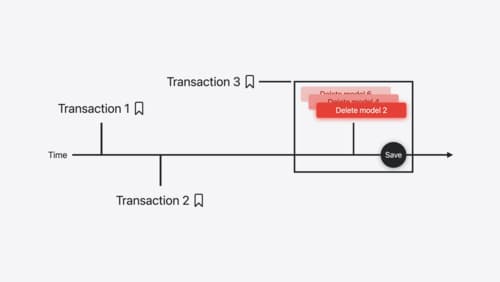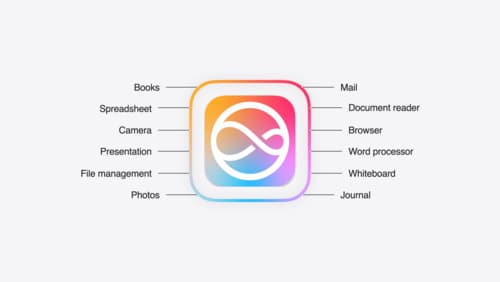Deeply understand coredata
Asked on 2025-06-18
1 search
To deeply understand Core Data, you might want to explore the sessions related to SwiftData, as it builds upon Core Data concepts and introduces new features and capabilities. Here are some relevant sessions from WWDC that can help you:
-
Platforms State of the Union: This session discusses how SwiftData uses Core Data by default for storing information and introduces custom data stores, which allow you to use alternative backends like SQLite or JSON files. You can learn more about this in the Platforms State of the Union (00:41:00).
-
Track model changes with SwiftData history: This session covers how to track changes in your data store over time, which is a key feature of Core Data. It explains how SwiftData history can be used to track model changes efficiently. You can start with the Fundamentals (00:00:45) chapter.
-
What’s new in SwiftData: This session provides an overview of the new features in SwiftData, including the history API, which is crucial for understanding changes in your data over time. Check out the History API (00:03:37) chapter for more details.
-
SwiftData: Dive into inheritance and schema migration: This session explores schema migration, which is an important aspect of Core Data when evolving your app's data model. The Evolving data with migration (00:07:39) chapter is particularly relevant.
-
Create a custom data store with SwiftData: This session focuses on creating custom data stores, which can be useful if you want to extend or customize the default Core Data behavior. The Overview (00:01:21) chapter provides a good starting point.
These sessions will give you a comprehensive understanding of how SwiftData builds on Core Data and introduces new features to enhance data management in your apps.

Platforms State of the Union
Discover the newest advancements on Apple platforms.

Track model changes with SwiftData history
Reveal the history of your model’s changes with SwiftData! Use the history API to understand when data store changes occurred, and learn how to use this information to build features like remote server sync and out-of-process change handing in your app. We’ll also cover how you can build support for the history API into a custom data store.

Bring your app to Siri
Learn how to use SiriKit and App Intents to expose your app’s functionality to Siri and Apple Intelligence. Discover which intents are already available for your use, and how to adopt App Intent domains to integrate actions from your app into the system. Find out what metadata to provide, how to make your entities searchable with Spotlight, how to integrate your app with in-app search, and much more.
